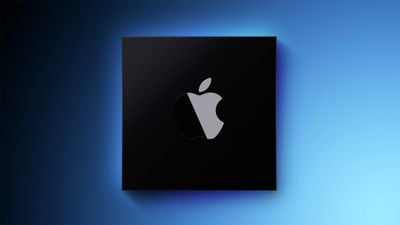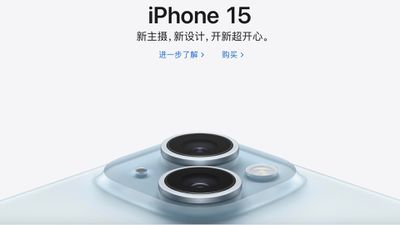During its recent press conference Apple unveiled a number of new additions to its range of iPhones, MacBooks and accessories. One of which was a new Thunderbolt 4 USB‑C Pro Cable available in 1m, 1.8m and 3m lengths. However as you would expect much more expensive than most USB-C cables on the market. Why is this? You will pleased know that Adam Savage has delved deeper into the design and technology incorporated into Apple’s USB-C cable providing more insight into its capabilities and manufacturing processes. As well as some fantastic x-ray imagery showing the internal workings.
Wireless connectivity allows devices to interact without physical connections, has significantly changed our interaction with technology. However in some circumstances a wireless connection perhaps might not be fast enough your needs. This is where cables, such as the Thunderbolt 4 cable, come in. This hardware interface allows the connection of external devices to a computer, cleverly combining PCI Express (PCIe) and DisplayPort (DP) into two serial signals. It also provides DC power, all within a single compact cable. You can learn more about USB-C cables and the different types available in a previous article.
Combining PCI Express (PCIe) and DisplayPort (DP)
The intricacy of these cables is often underestimated. Consider the Thunderbolt Apple cable, which costs around $130. This cable has a complex chip, two power supplies, and a large processor. It also has a self-checking mechanism and multiple channels. This complex design is not just for aesthetics; it serves a vital function. It is designed to filter out interference and manage power, ensuring high-speed data transmission without any loss or distortion. Apple explained a little more about the design and features of its Thunderbolt 4 (USB‑C) Pro Cable.
“Featuring a black braided design that coils without tangling, this 1-metre cable supports Thunderbolt 3, Thunderbolt 4 and USB 4 data transfer up to 40Gb/s, USB 3 data transfer up to 10Gb/s, DisplayPort video output (HBR3) and charging up to 100W. Use this cable to connect a Mac with Thunderbolt 3 or 4 (USB-C) ports to Thunderbolt (USB-C) and USB displays and devices such as Studio Display, Pro Display XDR, docks and hard drives. You can also use this cable to connect iPhone 15 Pro to Mac.”
On the other hand, the Amazon Basics USBC cable, priced at about $12, is less intricate. It has fewer pins than the Thunderbolt and lacks active components. While this simplicity makes the cable more affordable, it also limits its capabilities. For example, it may not handle high-speed data transmission as effectively as the Thunderbolt cable.
The significant price difference between these cables is largely due to the engineering and manufacturing expertise involved in their production. The Thunderbolt cable requires a Ball Grid Array (BGA) processor, a type of surface-mount packaging used for integrated circuits. This processor is more costly than the simpler components used in the Amazon Basics USBC cable.
Why is Apples USB-C cable so expensive?
Other articles you may find of interest on the subject of USB-C and Thunderbolt 4 connectivity:
USB-C Thunderbolt 4 technology
The Thunderbolt cable is designed to handle differential signals, a method of transmitting information where data is sent on two complementary signals. This requires a more complex design and manufacturing process, contributing to the higher cost. It also uses advanced power management technology. This technology manages the power used by specific hardware components, ensuring that the cable can handle the electrical load without overheating or causing damage.
Additionally, the Thunderbolt cable is designed to reduce electromagnetic interference, a disturbance that affects an electrical circuit due to electromagnetic induction or radiation from an external source. This is achieved through shielding, the practice of enclosing a part of a circuit in a conductive material to reduce the electric and magnetic fields within.
The manufacturing process of these cables also involves complex procedures such as soldering, a process where two or more items are joined together by melting and putting a filler metal into the joint, and over molding, a process where a single part is created using two or more different materials in combination.
While the cost of cables like the Thunderbolt Apple cable may seem high, it is justified by the advanced technology, complex design, and intricate manufacturing processes involved in their production. These cables offer superior performance and durability, making them a worthwhile investment for those who require high-speed, reliable data transmission. They are a testament to the technological advancements and engineering achievements of our time, and their value extends far beyond their price tag.
If you would like to learn more about how to use your iPhone, iPad or MacBook. It might be worth your while jumping over to the official Apple support website. Or booking an appointment with an Apple Genius Bar representative who will provide further advice in person.
Filed Under: Apple, Guides, Top News
Latest togetherbe Deals
Disclosure: Some of our articles include affiliate links. If you buy something through one of these links, togetherbe may earn an affiliate commission. Learn about our Disclosure Policy.






